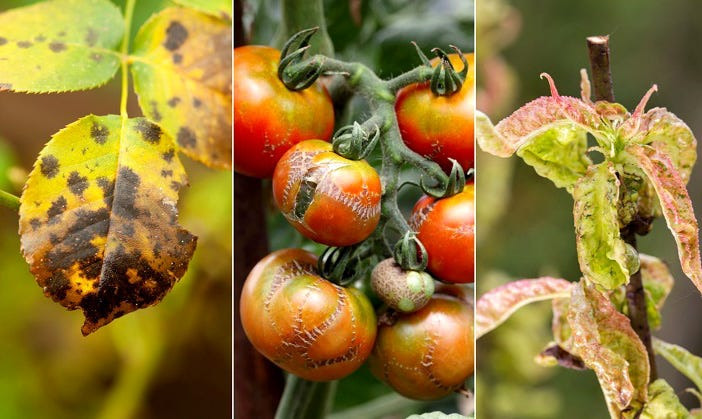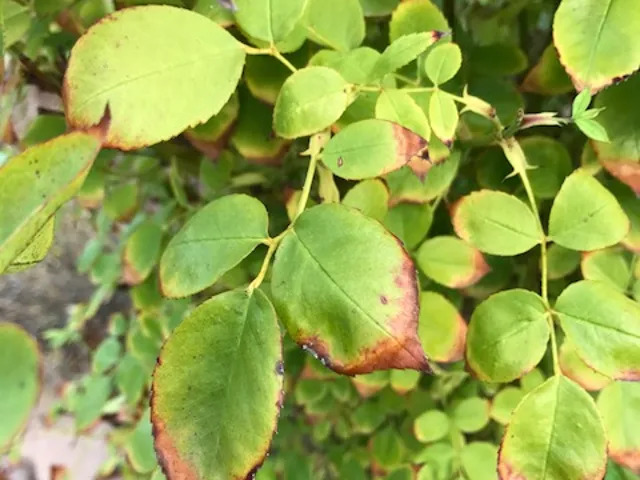Mancozeb fungicide is a well-known protective fungicide that offers effective control over a wide range of fungal diseases in various crops. It is widely utilized by farmers and gardeners alike due to its broad-spectrum action and preventive nature. In this guide, we’ll delve into the specifics of using Mancozeb, including the types of plants it can be applied to, recommended dosage, frequency of use, and potential safety considerations. Additionally, we’ll cover country-wise brand names, pricing, and where to purchase it, as well as the implications of its use on plants, animals, and humans.
1. Understanding Mancozeb Fungicide
Mancozeb belongs to the dithiocarbamate chemical group, known for its protective action against numerous fungal pathogens. It works primarily by inhibiting spore germination, which prevents the spread of disease within the crop.
Key Features:
- Multi-Site Activity: Mancozeb affects multiple sites in the fungal cells, reducing the chance of resistance development.
- Broad-Spectrum Protection: Effective against many diseases, including blights, rusts, and mildew.
- Versatile Application: Suitable for use on a wide variety of crops and plants.
2. Guidelines for Using Mancozeb Fungicide
Proper usage of Mancozeb is critical for ensuring its effectiveness and minimizing risks to both plants and the environment.
A. Methods of Application
- Spray Application: The most common method, where Mancozeb is mixed with water and sprayed onto the plant surfaces. This creates a protective layer that prevents fungal spores from germinating.
- Soil Application: Though less frequently used, Mancozeb can also be applied to the soil to protect the roots from fungal infections.
B. Recommended Dosage and Frequency
- General Dosage: A concentration of 2-3 grams per liter of water is generally recommended, depending on the crop and the severity of the disease.
- Frequency of Application: Mancozeb should be applied every 7-14 days, particularly during periods of high humidity or when disease pressure is high. Reapply after heavy rainfalls, as the protective layer can be washed away.
3. Crops and Plants Suitable for Mancozeb Fungicide
Mancozeb is widely used across various agricultural sectors due to its broad effectiveness.

A. Vegetable Crops
- Tomatoes and Potatoes: Protects against early blight, late blight, and septoria leaf spot.
- Cucurbits (Cucumbers, Melons): Controls downy mildew and anthracnose.
- Onions and Garlic: Effective against downy mildew and leaf spots.
B. Fruit Crops
- Apples and Pears: Prevents apple scab and rust diseases.
- Grapes: Provides control over downy mildew, black rot, and phomopsis.
- Bananas: Used to manage black sigatoka and other leaf spot diseases.
C. Field Crops
- Wheat and Barley: Protects against rusts and leaf spots.
- Soybeans: Effective in managing soybean rust and other fungal pathogens.
D. Ornamentals
- Roses and Ornamental Shrubs: Controls black spot, rust, and other fungal diseases.
- Lawns and Turf: Helps prevent dollar spot, rust, and brown patch.
4. Where to Buy Mancozeb: Country-Wise Brands and Prices
Mancozeb is available under various brand names across different regions. Below is a summary of popular brands, their prices, and where they can be purchased.
A. United States
- Brands: Dithane M-45, Penncozeb 80WP
- Price: $30-$50 per kilogram
- Purchase Locations: Amazon, Home Depot, Walmart
B. India
- Brands: Indofil M-45, Vondozeb
- Price: ₹400-₹600 per kilogram
- Purchase Locations: Flipkart, UPL Online Store, Local Agro Shops
C. United Kingdom
- Brands: Manzate 75DF, Dithane 945
- Price: £25-£40 per kilogram
- Purchase Locations: eBay UK, Garden Chemicals Online, B&Q
D. Australia
- Brands: Mancozeb 800WP, Dithane Rainshield
- Price: AUD 40-AUD 60 per kilogram
- Purchase Locations: Bunnings, Mitre 10, eBay Australia
E. Canada
- Brands: Manzate Pro-Stick, Penncozeb 75DF
- Price: CAD 35-CAD 55 per kilogram
- Purchase Locations: Canadian Tire, Home Hardware, Amazon Canada
5. Side Effects and Overdose Risks
Mancozeb, like any chemical product, must be used responsibly to avoid harmful effects on plants and the environment.
A. Side Effects on Plants
- Phytotoxicity: Excessive application can lead to leaf burn, yellowing, or stunted growth, especially in sensitive plant varieties.
- Residue Issues: Overuse can result in noticeable residue on harvested crops, which may affect their market value.

B. Risks of Overdose
- Leaf Burn: Applying too much Mancozeb can cause severe damage to plant foliage, resulting in leaf burn or necrosis.
- Soil Impact: Over-application can disrupt soil microorganisms, which are vital for healthy plant growth.
6. Health and Environmental Impacts
While Mancozeb is a widely used fungicide, it’s essential to understand its potential impact on non-target organisms, including humans and animals.
A. Impact on Animals
- Aquatic Toxicity: Mancozeb is toxic to aquatic life and should not be allowed to contaminate water bodies.
- Pets: Ensure that treated areas are fully dry before allowing pets to access them to avoid ingestion or skin contact.
B. Impact on Humans
- Acute Exposure: Inhalation or skin contact can cause irritation. It’s crucial to wear protective gear when handling and applying Mancozeb.
- Chronic Exposure: Long-term exposure to Mancozeb may affect thyroid function. It’s classified as a possible human carcinogen, so proper safety measures should be followed.
7. Conclusion
Mancozeb fungicide is an essential tool in the fight against fungal diseases across various crops. When used correctly, it offers reliable protection, helping to ensure healthy plants and productive yields. However, it’s important to adhere to recommended dosages, apply it responsibly, and observe all safety precautions to minimize any potential risks to plants, animals, and humans. Whether you’re a professional farmer or a home gardener, understanding how to use Mancozeb effectively will enhance your ability to manage plant health sustainably.
This article provides a thorough overview of Mancozeb fungicide, offering insights into its applications, safety, and effective usage across different types of plants.
